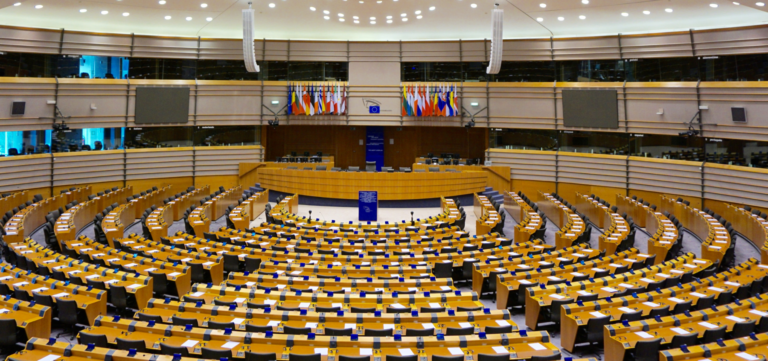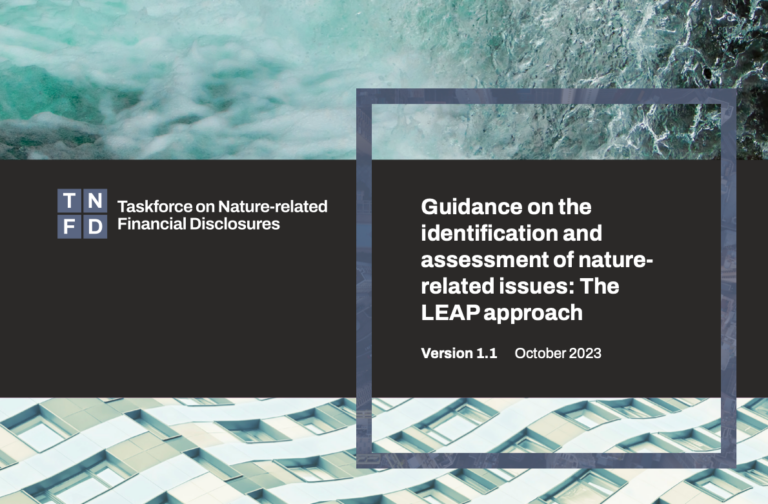On the occasion of the Covid 19 pandemic and the subsequent crisis, Europe agreed to develop a tool to alleviate the economic and social damage caused, which is now commonly known as the EU Next Generation Funds. Within this tool, different recovery and financing elements were defined, among which the Recovery and Resilience Mechanism (RRM) stands out. This element accounts for nearly 90% of the funding of the €806.9 billion that the tool has been endowed with.
The MRR has included a novel horizontal principle compared to other funds: " Do not cause significant harm" (DNSH). This principle, inherited from the 2020/852 regulation on the European taxonomy for sustainable investments (hereafter referred to as the Taxonomy regulation, or the Taxonomy), introduces the obligation to assess all investments and reforms included in the Recovery Plans with respect to not causing significant harm to one or more of the 6 environmental objectives of the taxonomy. This obligation is transferred, through the different instruments of the administration (e.g.: tenders, grants or subsidies), to the beneficiaries of the funds.
How will the correct compliance with the principle be evaluated?
The European Commission evaluated the application of this principle in each of the Member States' plans, being an excluding and motivated criterion, by which the Member State's Plan could be rejected. It will also define future controls on the compliance of such applications.
Along these lines, Spain's Recovery, Transformation and Resilience Plan (PRTR) has defined a series of tools or guidelines to comply with the principle that are being developed through Guidelines and/or are established in the Strategic Plans for Economic Recovery and Transformation (PERTEs). The administration has defined two possible lines of work, although they may not be the only ones:
- Evaluation of the principle by the Public Administrations of the applications received: in this case they may be carried out by the administration itself or by organizations contracted for this purpose.
- Obligation to have a certificate of evaluation of the DNSH principle by an accredited independent third party. In this line, ENAC, at the request of the General Directorate of Industry, has developed a specific accreditation program for the verification and validation of compliance with the DNSH Principle of projects framed within the PRTR.
In the case of the beneficiaries or applicants for grants or funds, they must prepare an assessment of the DNSH Principle for the project following the following steps:
- Identification of the eligibility of the activity: As a first step, the eligibility of the measure must be analyzed. If it is not eligible, it will not be eligible for the fund. For example, the construction of a crude oil refinery is an ineligible activity, so it will not be eligible even for the evaluation of the principle, it is automatically discarded.
- If eligible, you must analyze whether the activity is not of low environmental impact or is of low environmental impact. Activities that are not low environmental impact may be eligible only if:
- There are no viable low-impact alternatives.
- They are the best in the industry.
- They lead to significant environmental improvement.
- They avoid environmentally harmful block situations.
- It does not hinder the development and implementation of other lower impact alternatives.
If any of these aspects are not compliant, this activity will be considered ineligible.
- Assessment for each of the objectives for compliance with the DNSH principle: once it is confirmed that it is eligible, is low impact or has been justified that the non-low impact activity is eligible. This assessment must be carried out by all applicants, regardless of whether their activity is of low environmental impact.
Those projects that cannot be justified in these three cases must be subjected to a more in-depth evaluation and a substantive justification must be provided, detailing the reasons why they do not cause significant damage or harm. It is at this point where there is greater complexity, since, although there are different tools that can help justify the principle, they may not be sufficient or must be accompanied by additional elements that provide the justification with consistency and reliability.
In addition, there are a number of activities for which a series of specific indications have been developed that should be considered, as a minimum, in the evaluation of the principle (use of biomass and/or biofuels, irrigation infrastructures, use of desalinated water, forest restoration, among others).
In conclusion, the European Union has strengthened or is strengthening the environmental requirements associated with the receipt of funds and aid, as can be demonstrated by the incorporation of the DNSH principle in these financing mechanisms, in line with the European strategy on sustainable finance.
This analysis, to be carried out by the beneficiary organizations, may be evaluated by an independent third party. It is important to emphasize that failure to comply with this principle during the implementation of the project may result in the withdrawal and repayment of funds, which is why it is necessary to carry out a consistent and detailed analysis that minimizes the risk.
For this reason, the organization must work on a justification supported by studies, evaluations and reports that provide an objective and consistent view. Likewise, the evaluation by an independent third party will provide an additional level of security that will ensure compliance with the principle and minimize the risk of non-compliance, along with the consequent rejection of the aid.













Déjanos tu comentario